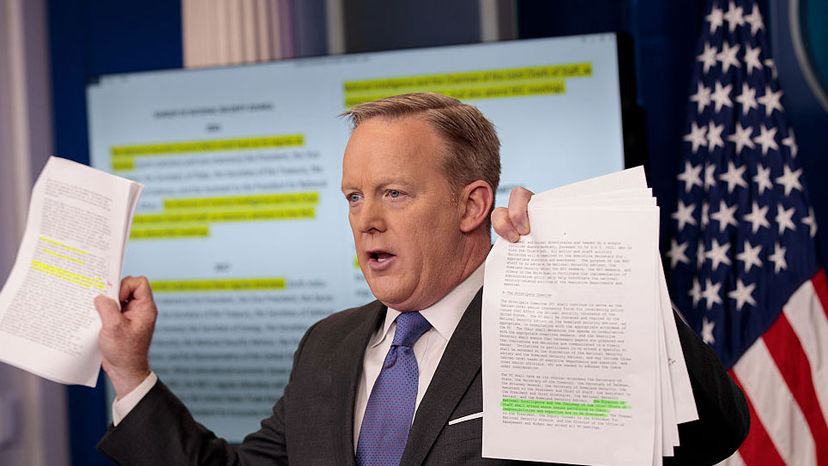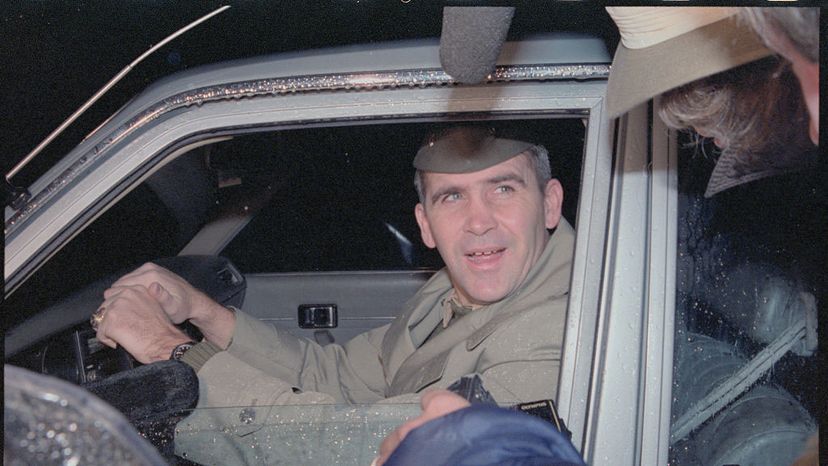
In May 2011, Americans were surprised by a sudden television appearance by President Barack Obama. He revealed that after a daring raid by U.S. forces into Pakistan, al-Qaida leader Osama bin Laden was dead. "Justice has been done," Obama assured the nation [source: Baker, et al.].
While the Navy SEAL team that cornered and killed bin Laden became national heroes, another unheralded group played a crucial role in the successful mission. For months leading up to the raid, staffers from the National Security Council (NSC) had organized more than two dozen meetings involving multiple government agencies. At those gatherings, officials analyzed emerging intelligence, studied possible operational courses of action and tried to figure out what the international consequences would be if the mission succeeded — or if it failed [source: Rasmussen].
Advertisement
On April 28, 2011, Obama had convened an NSC meeting in the Situation Room, a section of the White House West Wing equipped with giant TV screens and communications gear to relay the latest intelligence information from all over the world. In attendance were the NSC's principals, including National Security Adviser Tom Donilon, Joint Chiefs of Staff Chairman Admiral Mike Mullen, Defense Secretary Robert Gates and others. Obama went around the table, asking each adviser for an opinion on the raid, and weighed that information. The next day, he gave the order to proceed [source: Allison].
The bin Laden raid was the sort of high-stakes moment for which the NSC was created by Congress back in 1947 [source: U.S. Dept. of State]. When a president has to take action, it's crucial to have well-researched policy options on the table, and experts and advisers who can help him pick the best one. Once the decision has been made, it's vital to have someone coordinating the government's various departments and agencies to make sure they work together to achieve it.
At least that's how it's supposed to work. While the NSC is a permanent part of the executive branch, each president has considerable leeway to organize the advisory group, and shape it to suit his own leadership style and personality. And some commanders-in-chief do a better job of using the NSC than others. In this article, we'll look at the history of NSC and how it has functioned over the decades.
Advertisement


